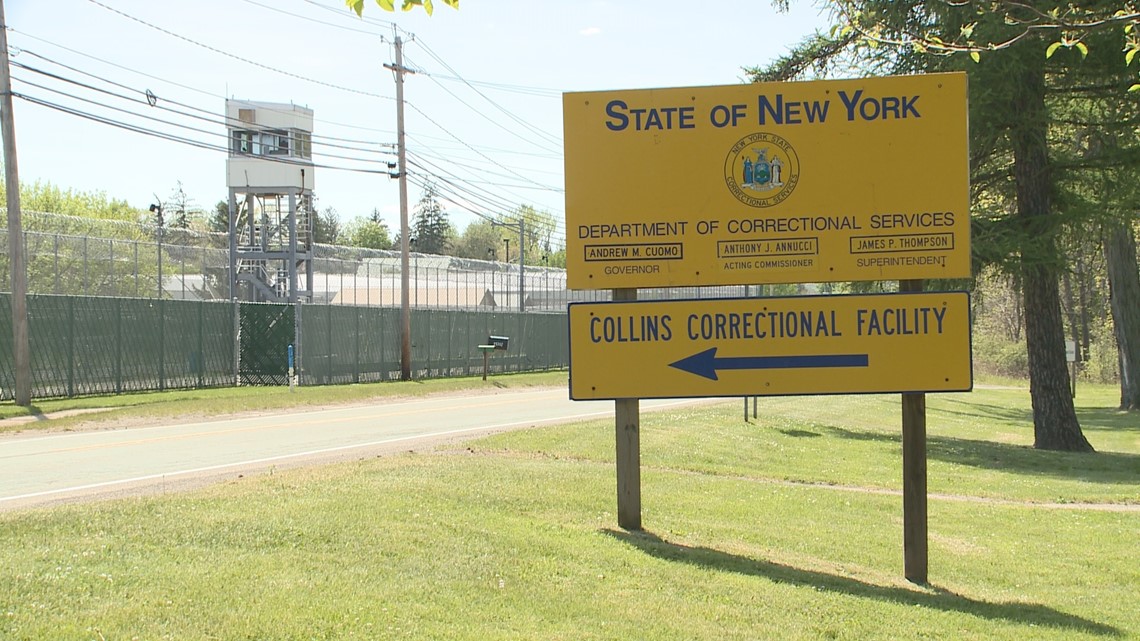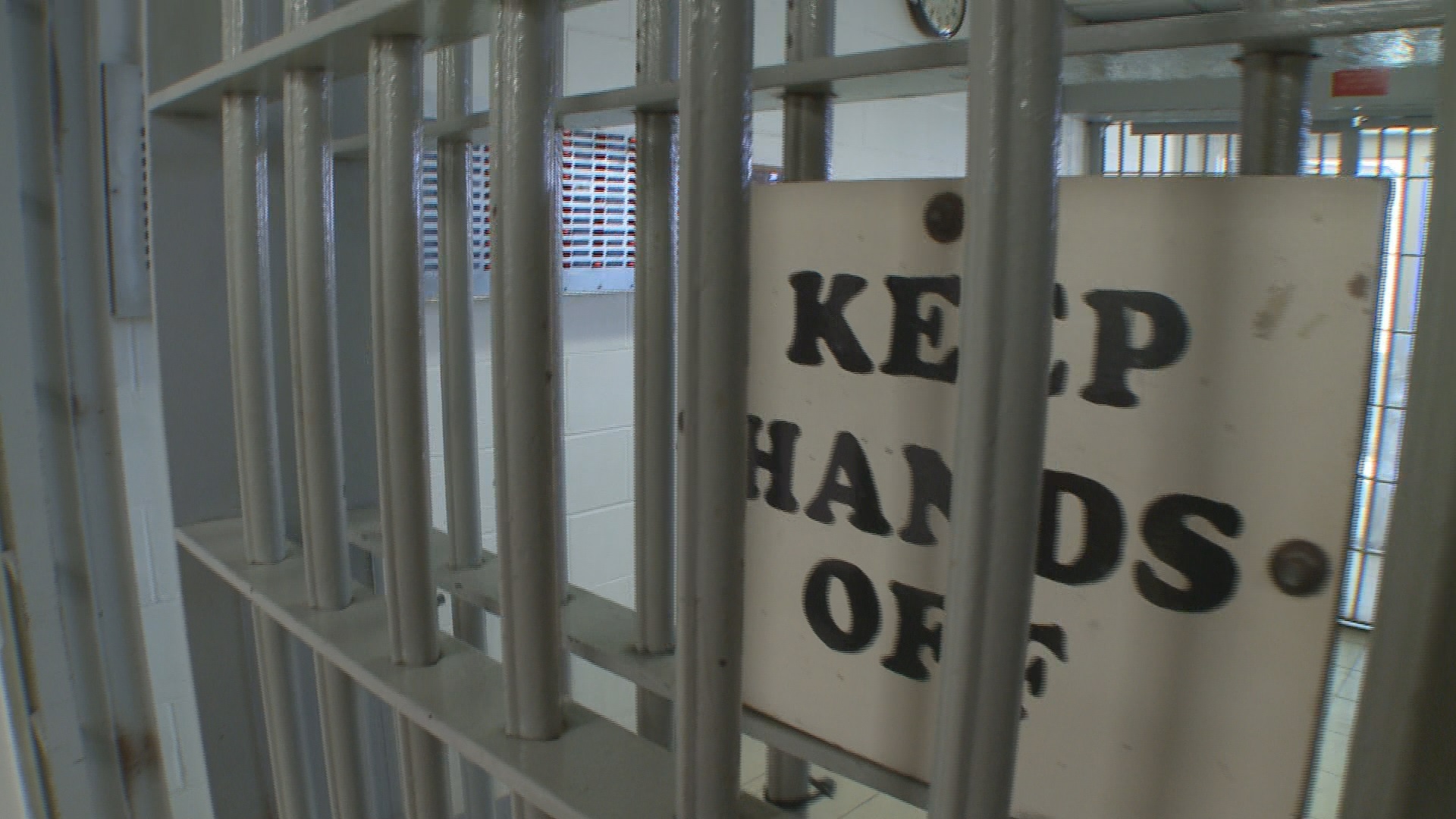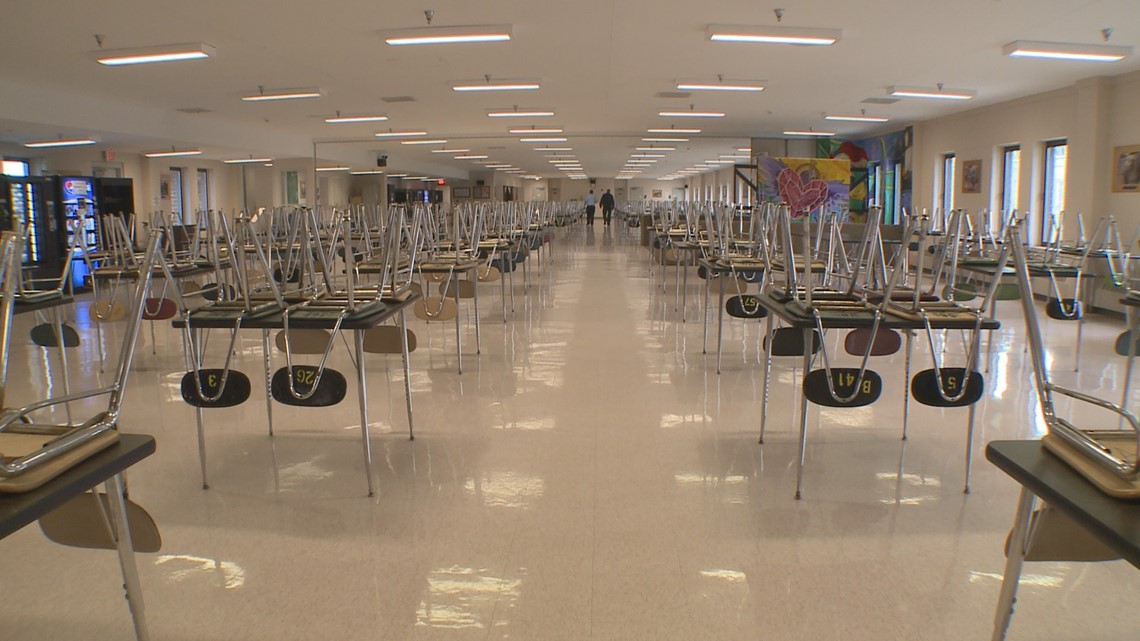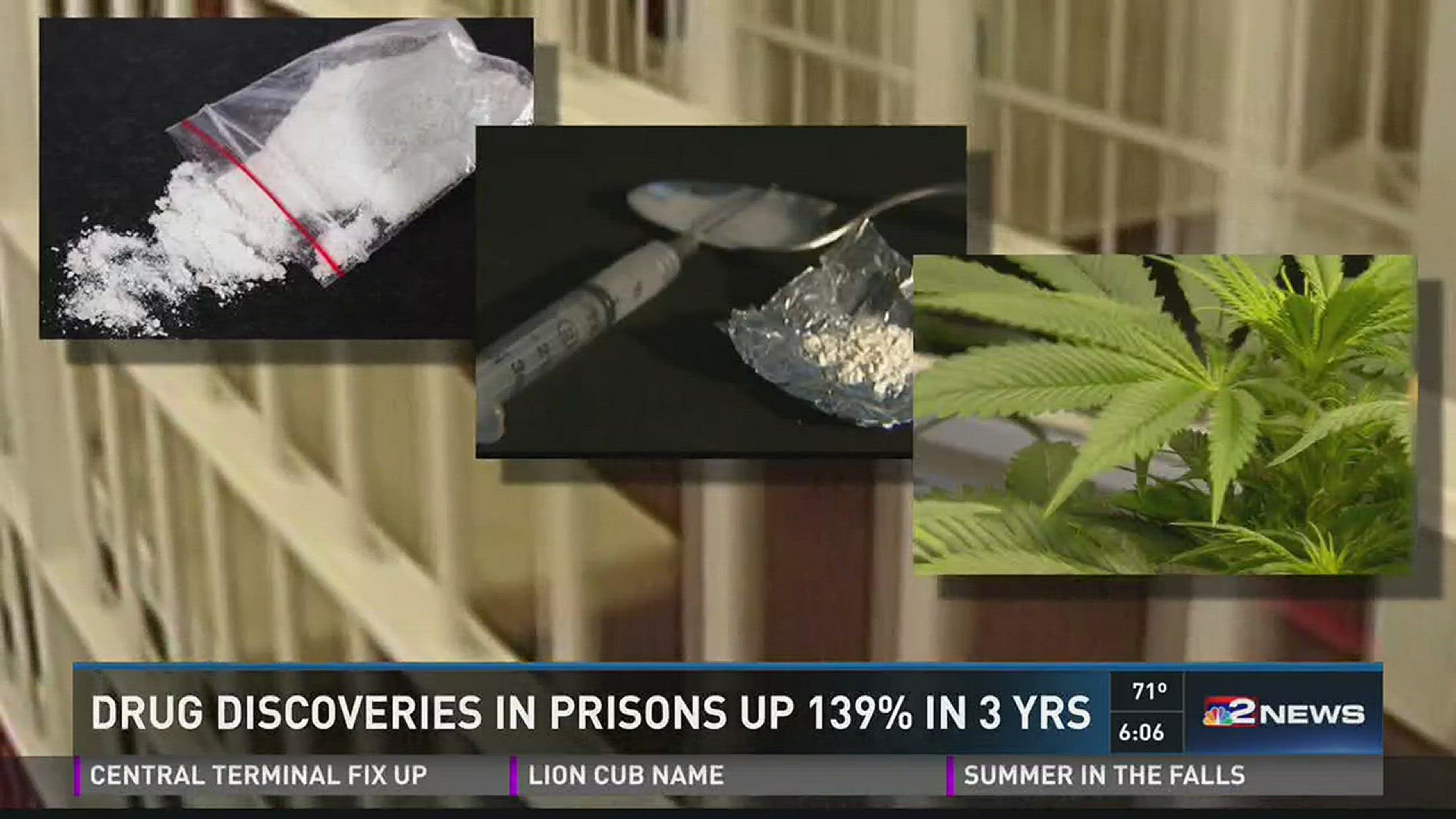Ben Wright has not worked in nine-months.

He’s a corrections officer at the Collins Correctional in Gowanda, a medium security state prison. Wright’s last day at work was August 2, 2015 which ended with a trip to the hospital.

“When I first saw him, his face was all red and his eye was really swollen. There’s a lot of anger, frustration just because of how the whole thing happened,” said Desare Milks, Wright’s girlfriend.
Wright is not allowed to talk about how it happened.


Departmental regulations prohibit state prison employees from talking about what happens inside facilities. Instead, a representative of NYSCOPBA, the correction officers union, described the attack on Wright.
Kenny Gold said, “An inmate, a regular inmate who didn‘t know anything about Wright, lunged at him (while he was at a) desk. And the inmate just started throwing hay-makers, lefts and rights.”
Eventually, Wright was able to reach his radio and call for help. The attack may have only last a few minutes before help arrived, but the damage was done.
At first, it was feared the orbital bone around Wright’s left eye was fractured. It wasn’t, but for months he’s suffered frequent headaches, an inability to concentrate and memory problems, the by-products of the concussion Wright suffered.
The inmate who attacked Wright was high on synthetic marijuana, or K-2, dried plant material sprayed with mind-altering chemicals. K-2 is smoked, and it is suspected to be behind a rise in violent attacks in New York’s prisons.

“20-30 times a week there’s an assault on staff. You could speculate 10-to-15 of the (inmates) are on some sort of drugs…and specifically K-2,” said Gold.
Last November, 2 On-Your-Side first reported on the K-2 problem inside state prisons. In that story, Dennis Tremblay, a recently released inmate described how he saw fellow-inmates smoking K-2 on a daily basis, and that it made inmates even more dangerous.
“It’s no good. It’s no good! Phenomenally violent! It’s like you’ve got to stay away!” said Tremblay.
The National Institute of Health says smoking K-2 can lead to episodes of psychosis. Users can experience extreme anxiety, confusion, paranoia and hallucinations.
K-2 availability and use was so out of hand in state prisons, Acting Commissioner Anthony Annucci sent a letter to every inmate pleading with them not to use the drug.
Since that report, 2 On-Your-Side has gathered four years’ worth of contraband reports from every unit in every prison in the state correctional system.
You can have a look our exclusive database here:

If you are seeing decimal places in the spreadsheet, here's how to get rid of them.
1. Select all of the cells in the spreadsheet except for headers.
2. Right click and select “Format Cells”.
3. In the left hand column select “Number”.
4. Change the decimal value to “0”
5. Click “OK”
The reports show the explosive growth of drug discoveries inside New York prisons. From 2012 to 2015, drug discoveries more than doubled, jumping 139%.
All sorts of illegal drugs can be found behind prison walls: heroin, cocaine, marijuana and others. Rapidly growing in popularity is buprenorphine, a prescription opiate used to treat heroin addiction.
But the growth of K-2 is the most startling. In 2012, there were just three discoveries all year in the prison system. in 2015, K-2 was found 1,247 times, making it by far the biggest drug problem inside prisons.
How are drugs getting into state prisons? Much of it is walked in through the front gate.
Gold says, “I’m sure every corrections officer around the state would say the same thing, through your visit rooms.”
Every prison in New York is required to conduct ‘contact visitation’. These are face to face visits between inmates and their family and/or friends.
The Department of Corrections and Community Supervision (DOCCS) cites research that “an offender who receives regular visitation adjusts much better once he or she is released from prison.”
Physical contact is also allowed. Inmates and visitors may kiss and hug briefly. They may also hold hands throughout the visit so long as the hands are in plain view. But corrections officers and administrators alike acknowledge these visits provide ample opportunity to discretely hand-off small items.
The typical delivery of drugs is a small amount wrapped in the finger tip of a latex glove or the end of a condom. Once the hand-off is made, the inmate swallows it and later recovers the drug once it passes through their digestive system.
The screening process for visitors can be as simple as showing government issued photo identification and passing through a metal detector.
And while people passing through airport security, or attending an NFL game or attending some shows and concerts may be patted down before entering, pat-downs of prison visitors rarely ever happens.
Then there are the visitation rooms. Some are nearly impossible to police.

Wyoming Correctional, a medium-security facility next door to Attica, has had a persistently bad K-2 problem. Its visitation room is a huge rectangular cafeteria styled room. 105-tables are laid out in rows from one end of the room to the other. Each table has four-chairs. That makes capacity 420-people.
During visitation, it’s often a mix of inmates, spouses, family members and children. Sometimes there are many small children. There is a play area for them.
There are also vending machines. So, movement is constant. There are lots of hard surfaces which makes the room noisy.
Watching all of these people, making sure rules are followed and contraband is not being handed off are just six corrections officers. And those officers are also involved in screening visitors and inmates entering and leaving the visitation room.
It amounts to an impossible task.
State officials have known for years about visitation rooms being portals for contraband and drugs.


A particularly embarrassing chapter wrapped-up last year. Attica inmate Ramsi Uthman pled guilty to a federal smuggling charge. He admitted on 40-to-50 occasions that his wife snuck in heroin into the prison during visits.
There have also been fatal consequences of the illegal drugs smuggled into state facilities.
In December 2013, two Attica inmates died almost simultaneously. Both overdoes on fentanyl, a powerful opiate. The drug made its way into Attica in the visitation room.

Last May, Auburn inmate Elijah Cummings died of a heroin overdose. According to a lawsuit filed by his wife, Cummings dies after a small parcel of heroin ruptured after he swallowed it. The lawsuit states Cummings got the heroin from a “visitor”.
DOCCS has turned down numerous requests by 2 On-Your-Side for an on-camera interview with Acting Commissioner Annucci about the prison system’s growing drug problem and what he intends to do about it.
What we have been told is that the department is working on it. More drug dogs have been deployed in hopes of detecting more of the illegal substances. And Governor Cuomo’s office has touted the deployment of a million dollars’ worth of Cellsense metal detectors to locate hard-to-find contraband. Every prison is to get one. But the Illinois company that makes the device, Metrasens, says it will likely be little help finding drugs.
So, what happens to inmates after spending time in prisons where drugs are so readily available?
In Buffalo, they may arrive at Benedict House. The facility is a temporary stop for recently released inmates transitioning back into society.

Executive Director Cindi McEachon says Benedict House sees more than 200 ex-cons a year.
How many have substance abuse problems?
“Almost all of them,” said McEachon, “I would say at least 85% are coming out with substance abuse issues.”
Is the New York prison system producing addicts? McEachon has no doubt.
“I think they’re producing and enabling,” said McEachon.

